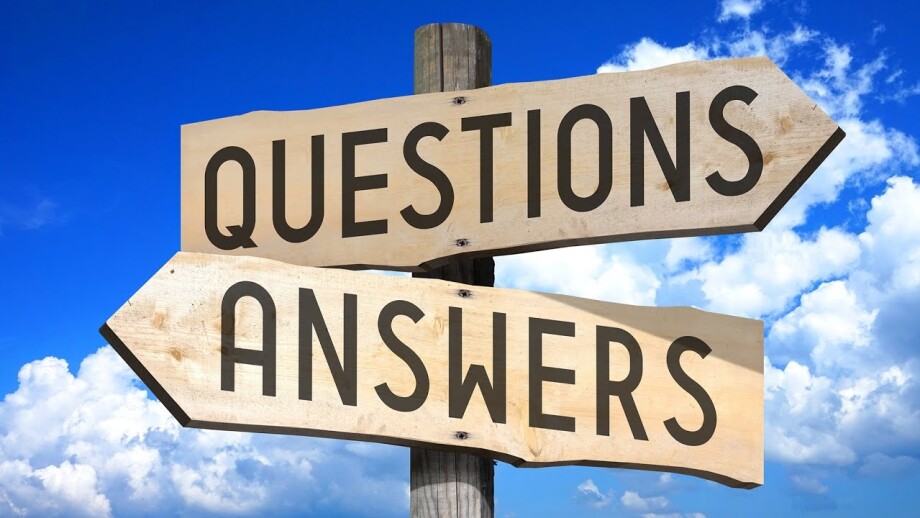Many people think of reading as a direct and easy task to complete. However, in reality, reading is a very sophisticated and complex process. The ultimate goal of reading is to understand what has been read. Hence, in the ESL classroom, teachers ask a lot of questions or set different activities after reading to check comprehension. But do we really need so many questions? The following IATEFL talk focuses on how to work with texts considering typical comprehension tasks and offering some alternatives.
Peter Watkins — the speaker of the talk, describes reading as a truly amazing human achievement. Through reading and writing, we can communicate with each other being far away, we can be transported into an imaginary world. Reading gives us an opportunity to communicate across space and time.
Typical reading lesson
Reading procedure is usually carried out in the following way:
— Build interest in the topic
— Pre-teach vocabulary
— Set a reading task (skimming or scanning)
— Check
— Set a second task (e.g. reading for detail, answer questions)
— Check
— Post-reading check (e.g. discussion)
There are also some typical exercises that we, as teachers, tend to include in the reading lessons. Here are some types of these exercises:
— Multiple-choice questions
— True/false questions
— who/what/when/where questions
— Putting pictures into a sequence
— Matching pictures to parts of a text
— Matching subheadings to parts of a text
— Correcting errors in a summary of a text
— Inserting sentences/paragraphs into a text from which they were previously removed
All these activities are supported by many teachers as they proclaim they are the only way to know that learners have understood the text. They give students confidence when they get the right answers (but they make students lose confidence when they get the wrong answer). Another thing that is very important about these typical exercises is that it is the expectation — students expect reading lessons to be like that. However, the speaker does not agree with these statements and provides the following disadvantages which are against these typical comprehension checking exercises:
— A single correct answer
— A lack of authenticity
— A lack of effective engagement
— A focus on detail but not the more important overall meaning
— A focus on product over process
Actually, all these multiple-choice or true/false exercises do not really teach anybody anything, they are just testing devices, they test learner’s comprehension. And if they get the wrong answer, it will not help them read better, they do not do much for the process of reading. Nevertheless, Peter Watkins does not say these activities are bad ones and teachers should never use them. They may use, but they are not the only or the most useful tasks to check comprehension and to improve reading skills.
Alternative general activities (skimming, scanning)
— Better questions. These questions are more about thinking, comparing, analyzing rather than picking up some detail. Whereas true/false, multiple-choice, when, what, where questions are shallow. Deep questions are much easier for teachers to make, they can just add ‘why’, e.g. why is it important? Why did the writer mention it in the text?
— Summarizing. Another interesting task is summarizing, which actually boosts comprehension. It can be done with just a few sentences, but it will be much more effective than multiple-choice exercises.
— Retelling. The last but not least activity that can be done in the ESL classroom is retelling. The latter was used to be a huge and significant part in our lessons back in the late 1990s and early 2000s. Our teachers used to give the following instruction: “Practise reading and retelling the text for the next lesson”. And then we would come and retell it in front of the class. Furthermore, it is not so probable that we will need to answer questions, or do multiple-choice exercises after we read a newspaper, a magazine or just a book outside of the classroom. But we may need or want to tell our friends about the news or the plot of the book. Hence, the retelling is really of great importance.
Alternative specific activities (reading for detail)
— Find the right phrase
This sentence (you write the specific sentence you want your students to pay attention to) is important because…
This sentence reminds me of…
This sentence is hard to believe because…
This sentence introduces…
The above-mentioned exercise will help them not only to go deep into the text but also to think critically, to compare, to analyze.
— perhaps…maybe

These three columns show what students have understood from the text, what they are not sure about and what they don’t know. If your students write something in the second column, you can help them to go through the text once again and to find the reasons why they are not sure about it and to make it clear for them.
— Questions to text
Teachers and methodologists who create lesson plans or course books usually select texts that may be interesting for the learners. However, outside of the classroom we do not always read because we want to, but because we have to. For example, when we need some information about travel documents or about the terms of entering this or that University, we look for it on the Internet, read the necessary articles and then come to some conclusion. So, we read because we have to, because we need, not because the text is interesting or absorbing for us.
Here is an example of this activity:
Imagine you want to study Business communication at the University in the UK or another English speaking environment. Find a potential course. Write the name of the institution and the precise name of the course.
So, as we can see from the given arguments, reading skill is not only about answering multiple questions, it is rather about inferring to the text, analysing, giving specific examples, comparing and retelling.
Here you can watch the whole talk.






 Анна Тетерина
Анна Тетерина 
 Анастасия Юферева
Анастасия Юферева 


